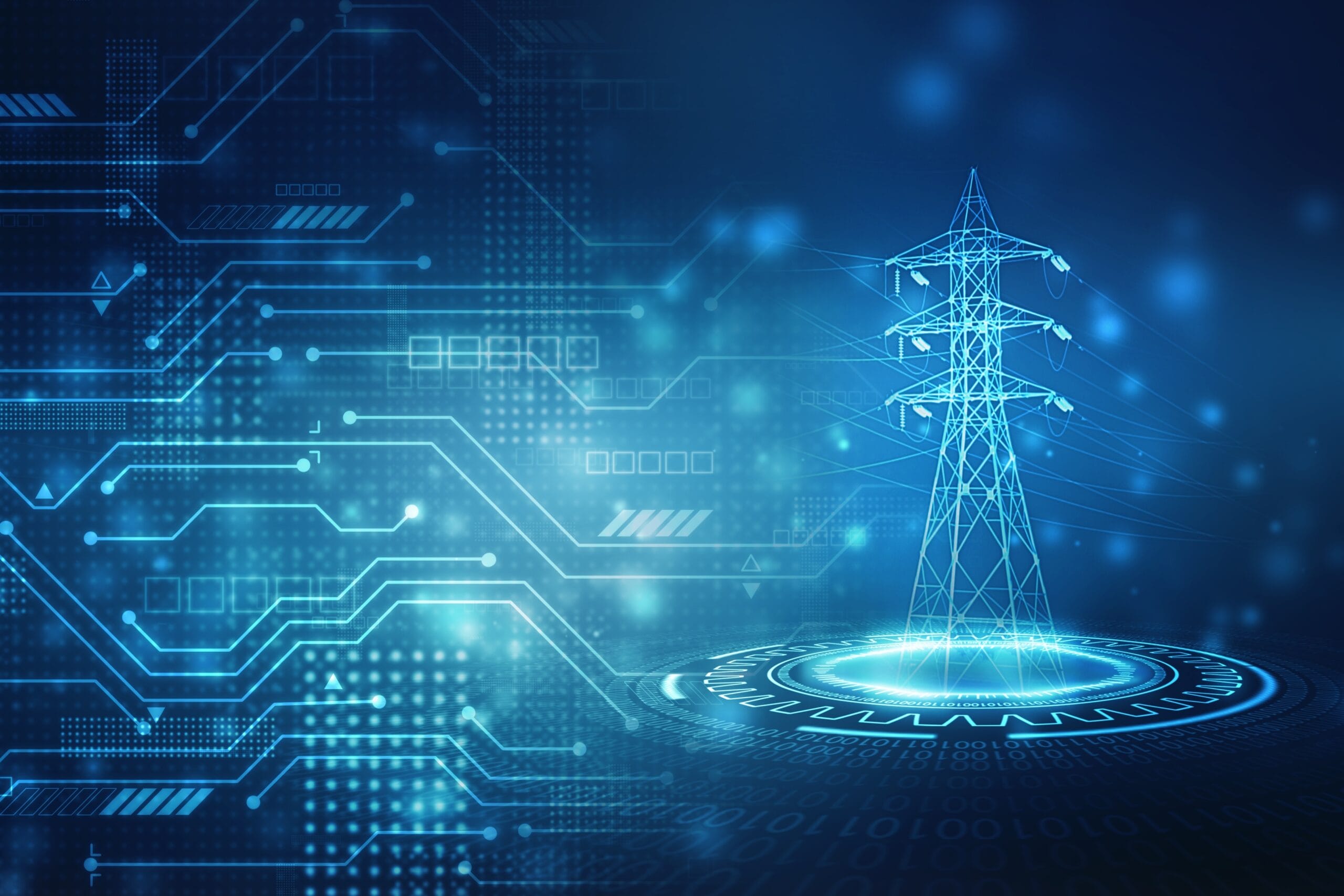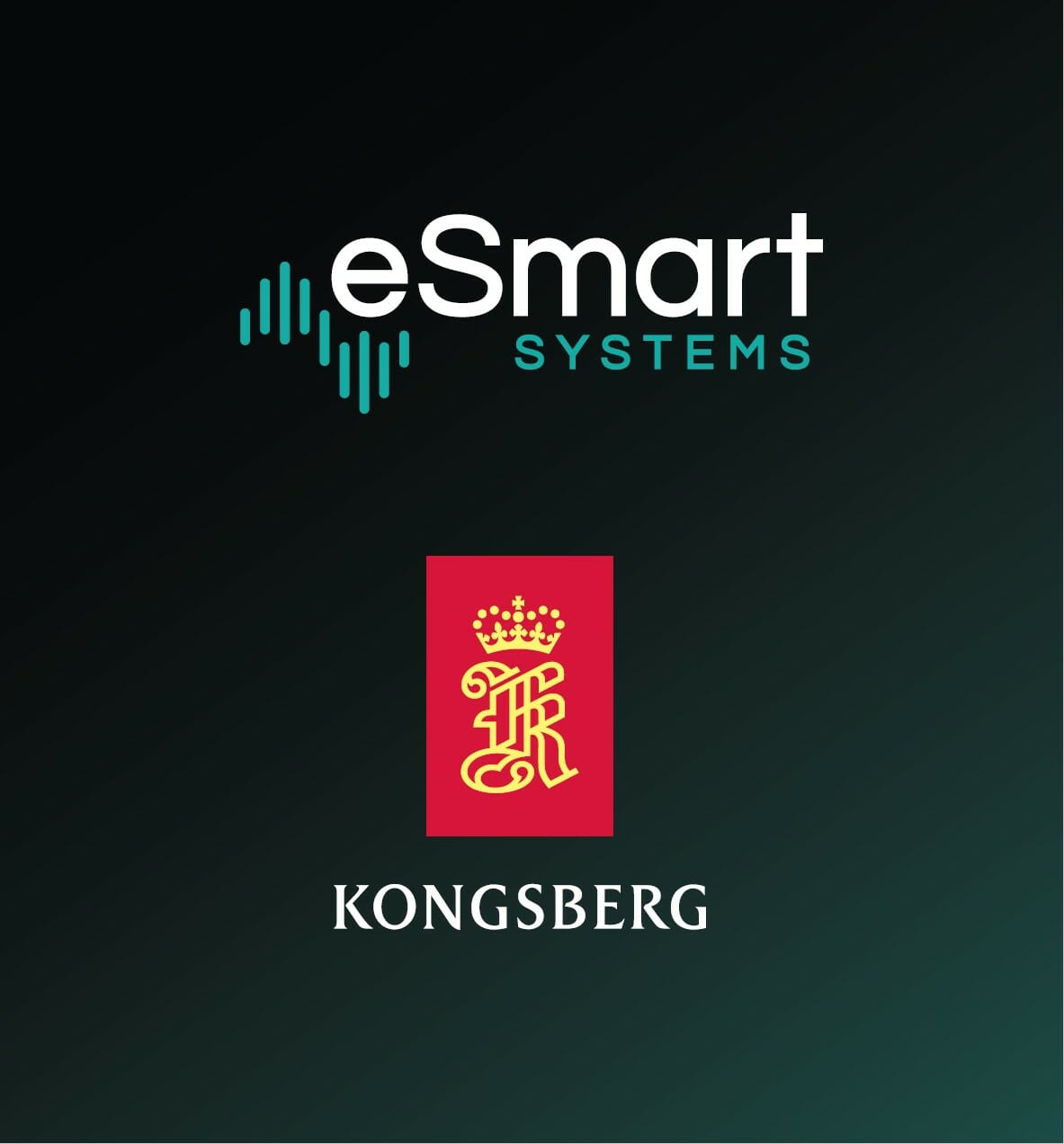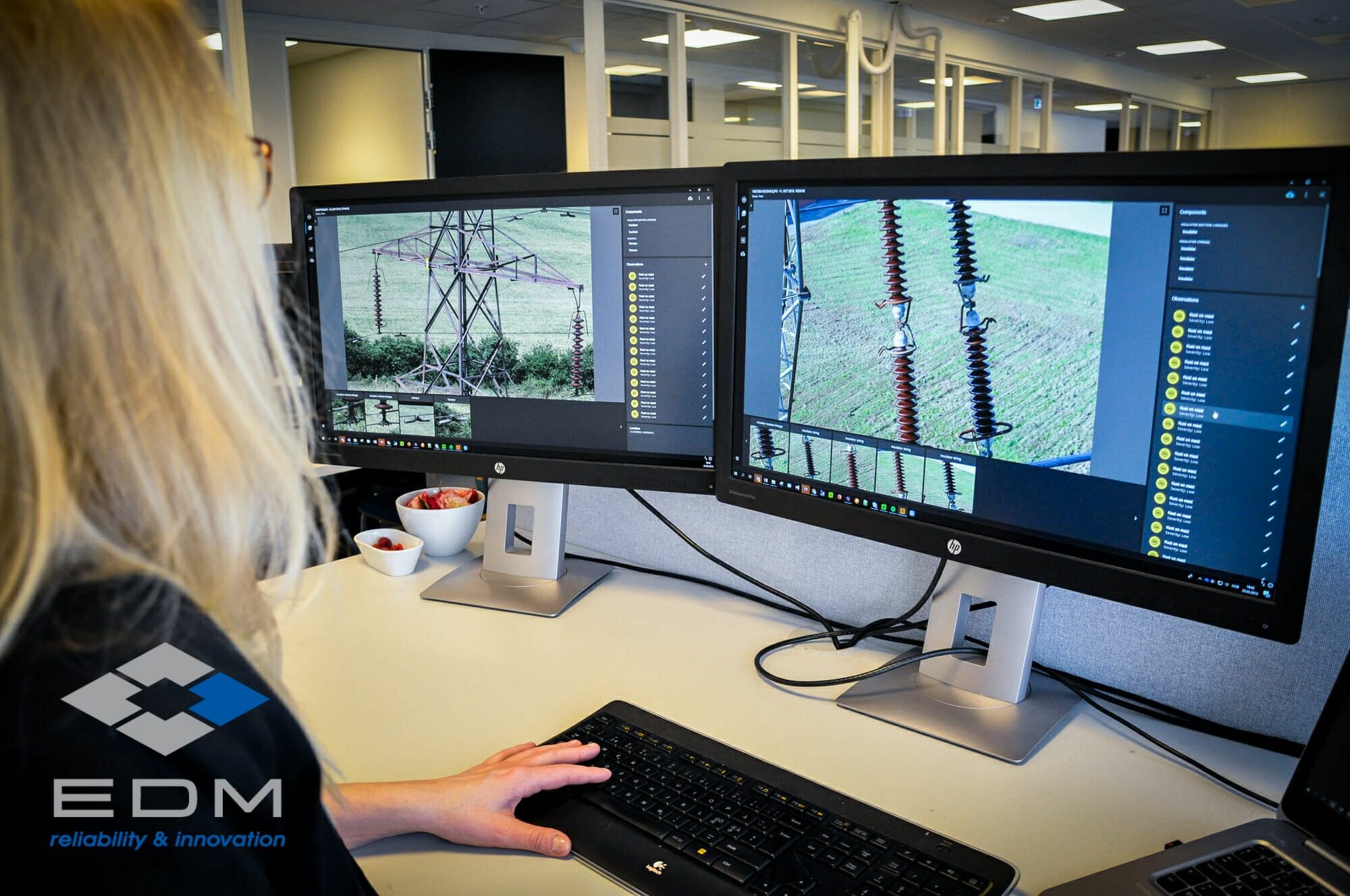We pioneered virtual inspections of energy utility assets over 10 years ago, and in that time, we have been asked a lot of questions. Here are some of the frequently asked questions that utilities seek answers to:
- We have high reliability on our grid, so why would I change my inspection method?
- We have been inspecting our assets with a proven method for a long time, why change it?
- I have heard that the AI is not ready yet, so why start implementing it now?
- Why do it now? We tried this a few years ago and it was more expensive than our traditional methods.
All valid questions, therefore we have put together ten reasons why a utility should add virtual inspections to their inspection program.
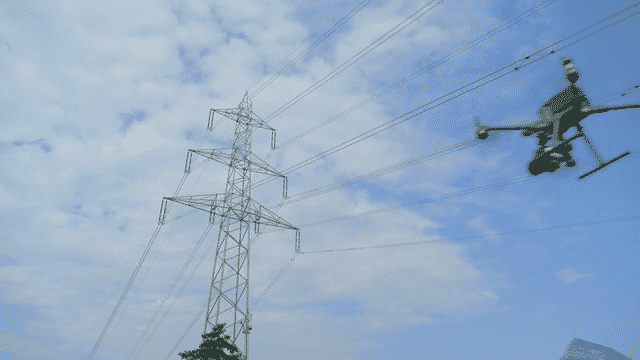
- Improve the safety of your inspections by having fewer people out in the field conducting inspections through foot patrol, climbing towers or inspecting by helicopter. Our approach is that we are hardware agnostic, so you can capture your assets out in the field via various methods and then conduct the actual inspection from your desk.
- Get a holistic and consistent view of your inspection results and remove subjectivity. One of our customers was outsourcing their asset inspections and getting inaccurate and inconsistent defect results. The customer also climbed towers that did not require climbing resulting in unnecessary costs and safety risks. With our built-in inspection workflow and multiuser experience, they now have a solution that yields results without incurring unnecessary expenses and risks.
- Identify more defects than traditional inspection methods. One of our customers identified 60% more defects with our virtual inspection program than when using foot patrols. Read our whitepaper which compares the effectiveness of foot patrols and virtual inspections here.
- Reduced inspection time. Inspecting the grid at a desk using our solution – Grid Vision®, allows the inspectors to quickly identify and confirm defect suggestions. One of our customers reduced inspection time per pole by 2/3 by deploying our virtual inspection approach and software.
- Reallocation of expensive resources. We all know that there is a skills shortage in the utility industry. With virtual inspections, you do not need to send experienced engineers into the field. You can capture the images and conduct a virtual inspection at your desk. The experienced engineer acting as a subject matter expert only needs to do the quality review using our software. This way your experienced engineers can focus on high-priority and high-value work.
- Improve your capital planning. Base your capital planning on accurate data and appropriate risk tolerances. We have supported two of our customers to move over $10 Million of inspection costs from O&M to capital by creating digital assets of their system.
- Use the data you are collecting. If you are sending out teams for inspections and collecting data let us ensure you only capture what is necessary and then maximize the usage. With over a decade of experience, we have a proven methodology for data collection to ensure that the captured data is not only suitable for a virtual inspection but for broader use beyond the inspection itself. If you are already spending your budget on collecting data then get it right the first time.
- An image tells a 1000 words. With our structured approach, we work with utility customers to collect the right number of images at the correct angle so they can be successfully utilized for a virtual inspection, as well as use cases beyond the inspection. In our approach, we link the images to the right asset, metadata, asset data, inspection data and grid topology and build your image-based digital asset that you can utilize across your organization.
- Reduce your environmental and O&M costs by conducting virtual inspections and eliminate verification visits by providing teams access to the image-based digital asset so they can conduct most of the work from their desk and only go out in the field when necessary. Working with one of our customers we estimated they could potentially save 150.000 tons of CO2 per year by adopting our approach across their grid.
- Reduce costs and drive efficiency across your organization by utilizing your image-based digital asset. Our customers are now using Grid Vision to identify common vulnerabilities, verify site access, optimize workforce management, capital planning and support regulatory reporting.
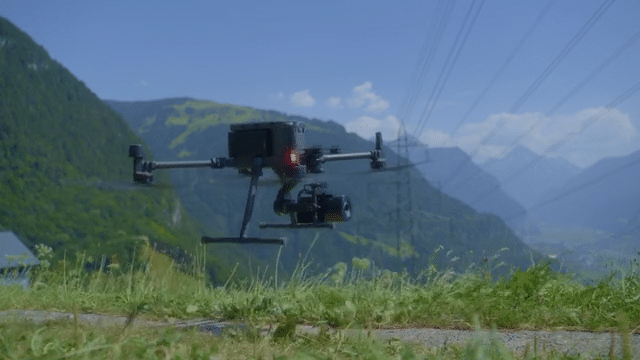
We have given 10 reasons to add virtual inspections to your asset inspection program and we have not even mentioned the value of AI.
Virtual inspections are another inspection method in your toolbox and complement your existing methods. With our approach you don’t replace your current inspection program but add virtual inspections, as certain inspections still require ground patrols like testing pole foundations and drilling for rot, etc. One of our customers has now incorporated virtual inspections as 50% of their inspection program.
So what are you waiting for? Contact us today for a free workshop where we can help you see how virtual inspections can support your operations.
Share article
Latest News & Resources
-
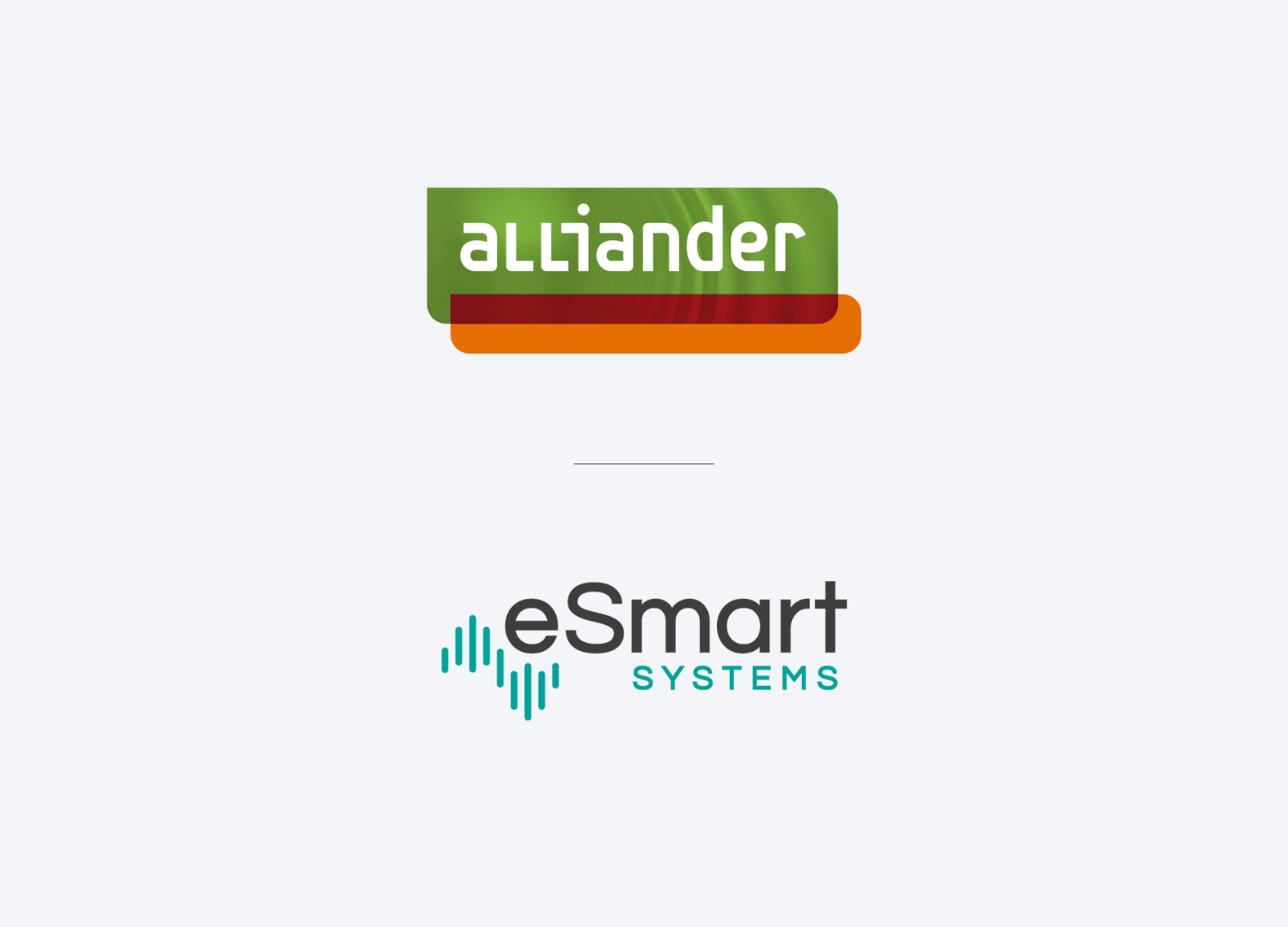
eSmart Systems signs a multi-million euro contract with Alliander, the leading energy network group in The Netherlands
eSmart Systems, a global leader in AI-based solutions for -
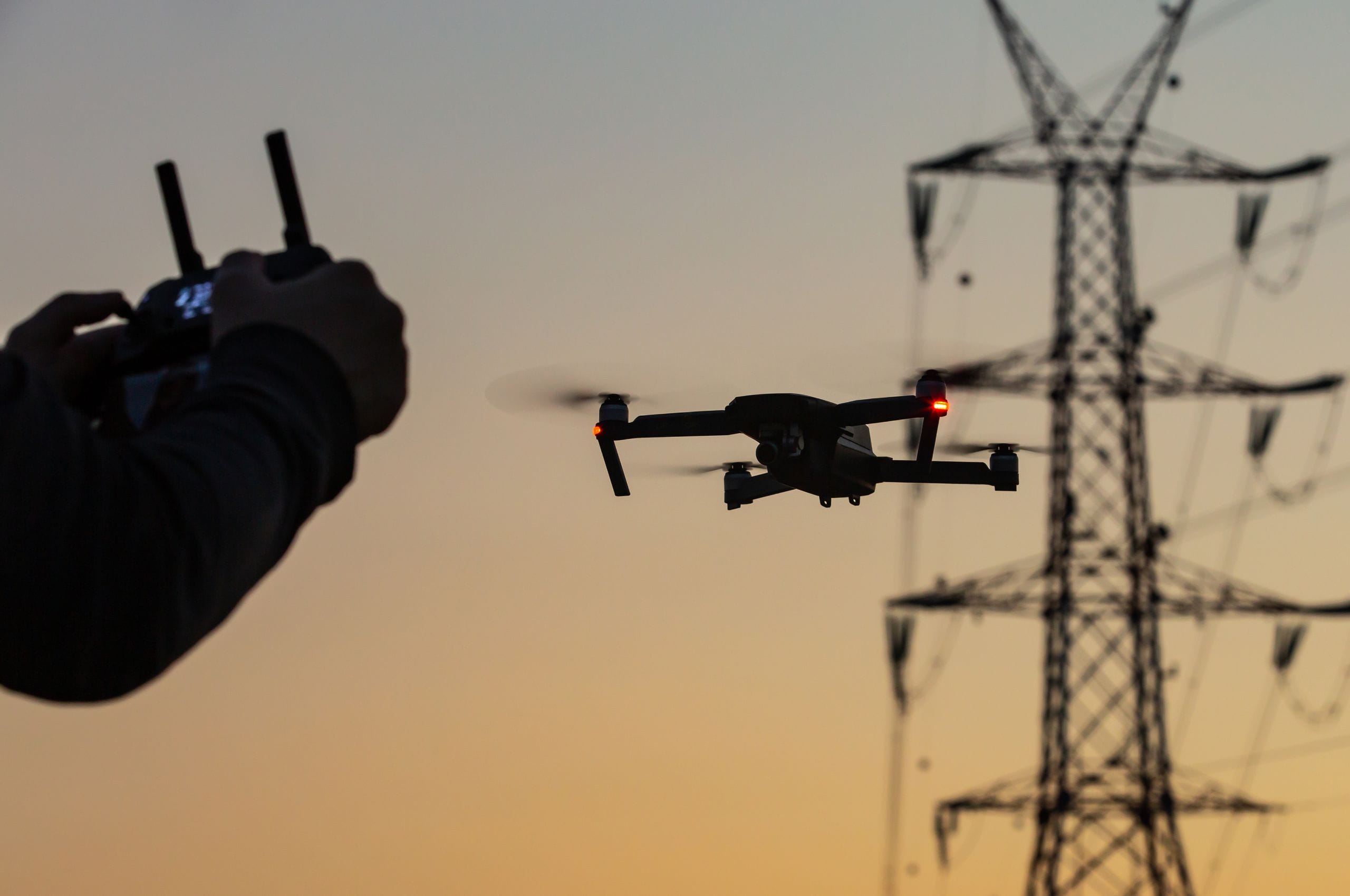
What is a virtual inspection?
A virtual inspection is an inspection that is carried out -
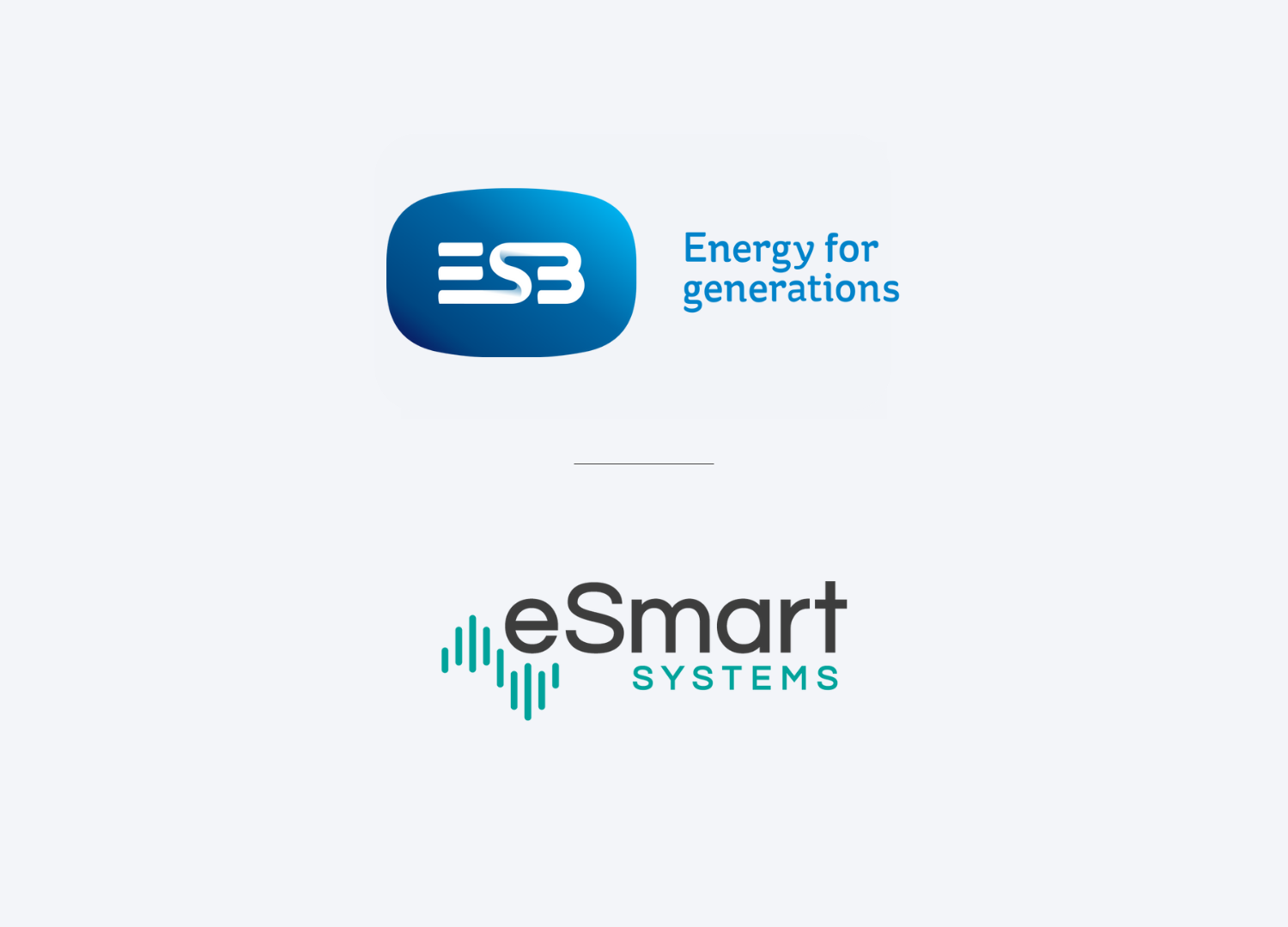
ESB is going virtual with their infrastructure inspection program
This program aims to digitalize the inspection process and improve
